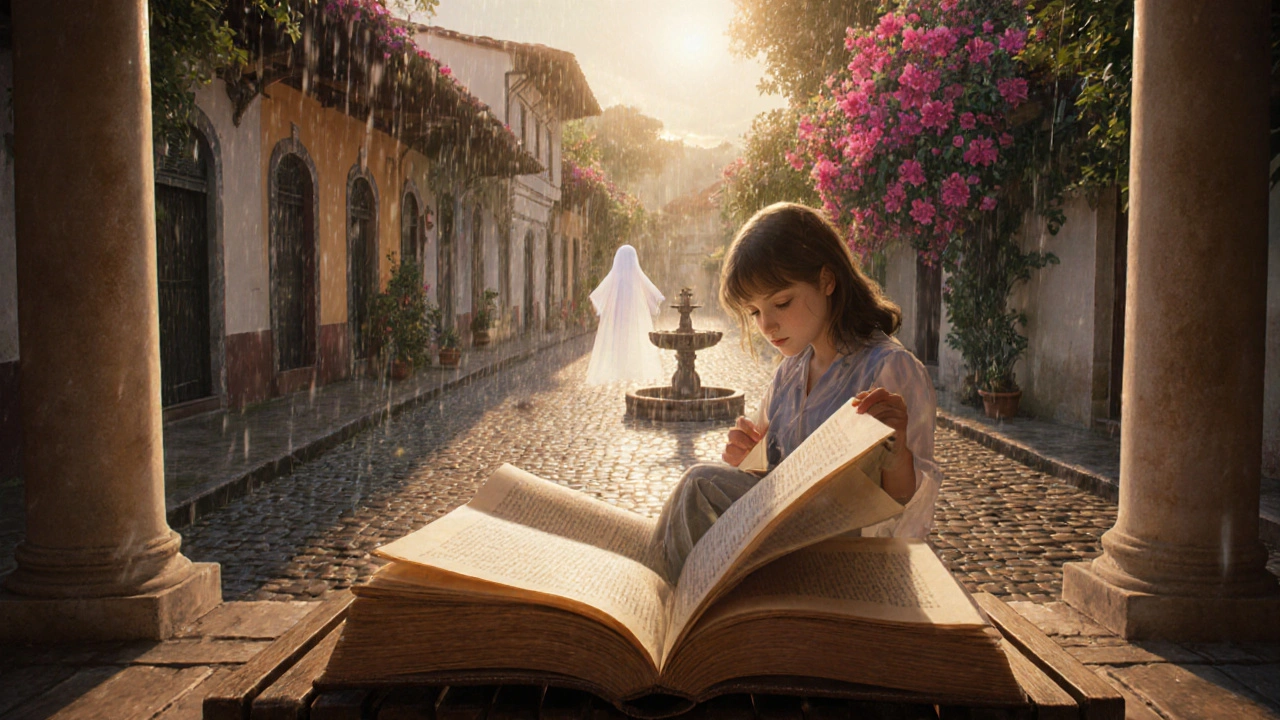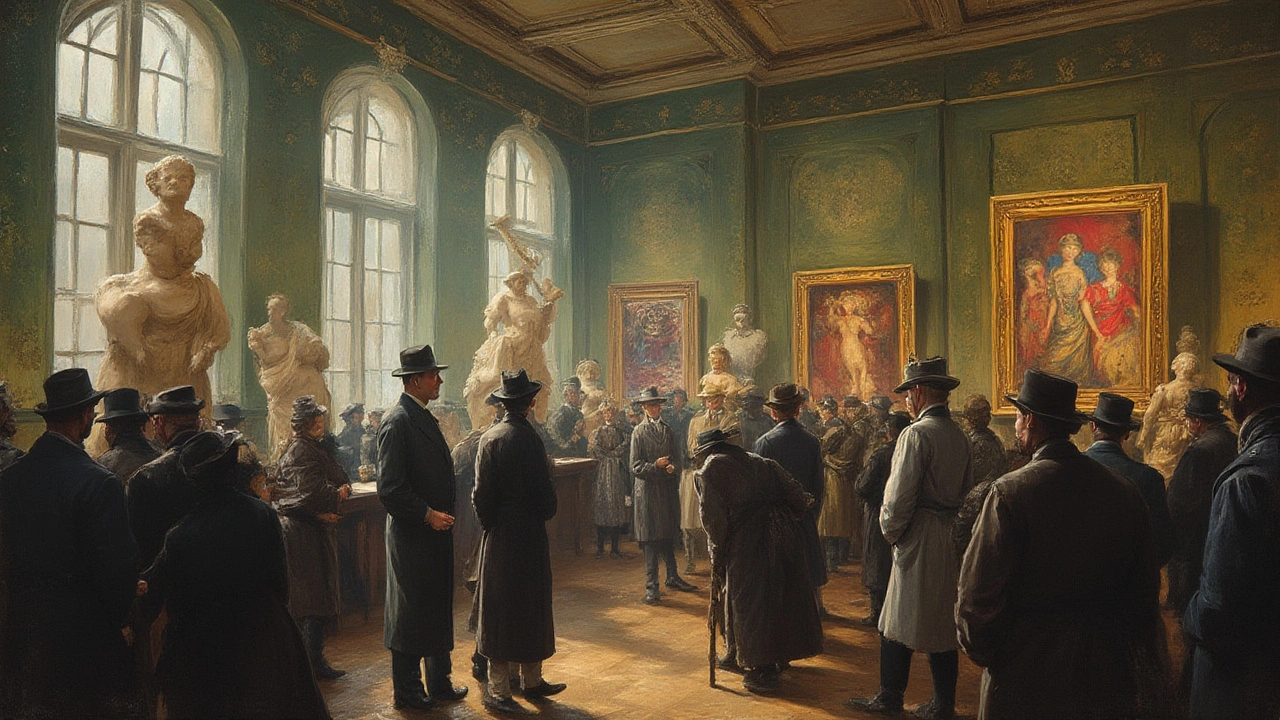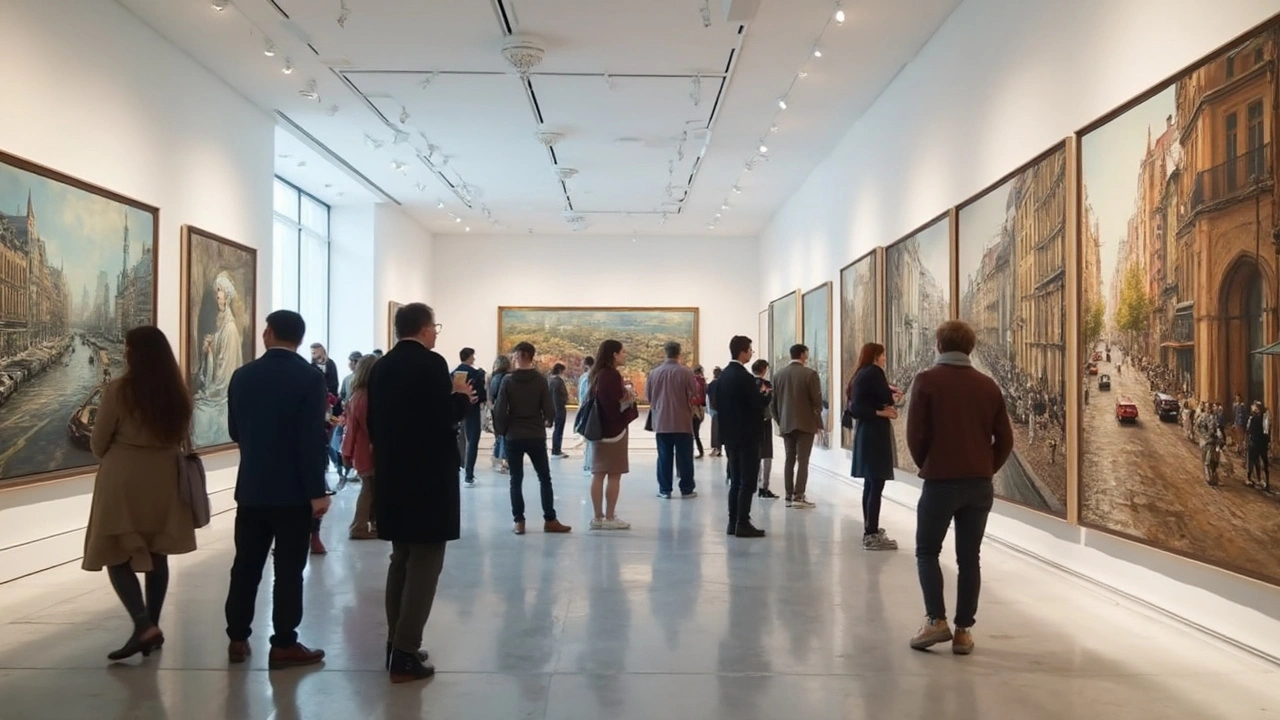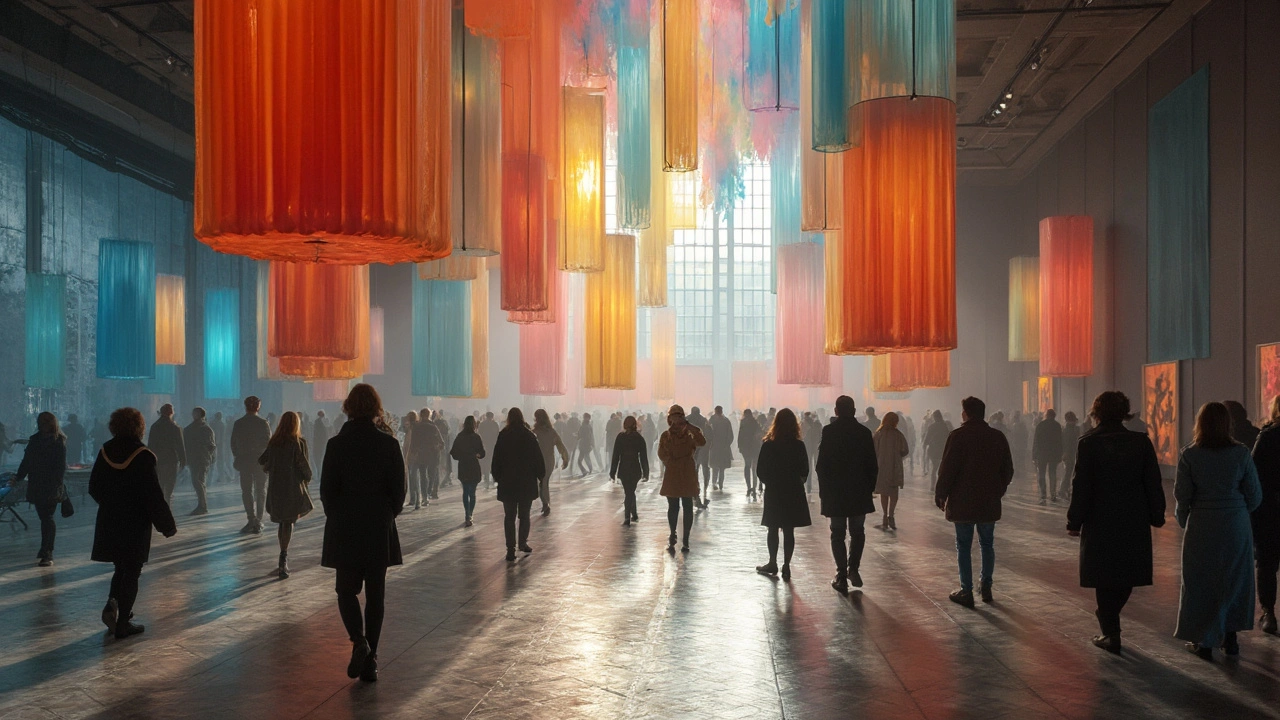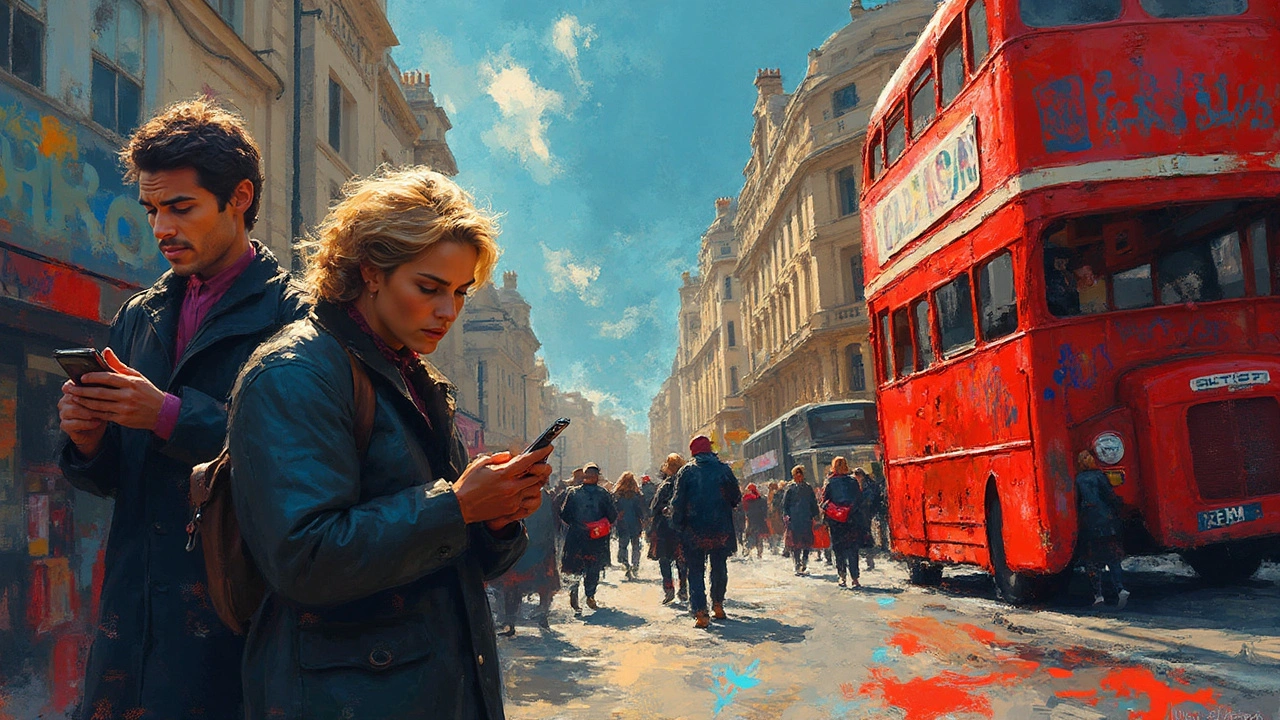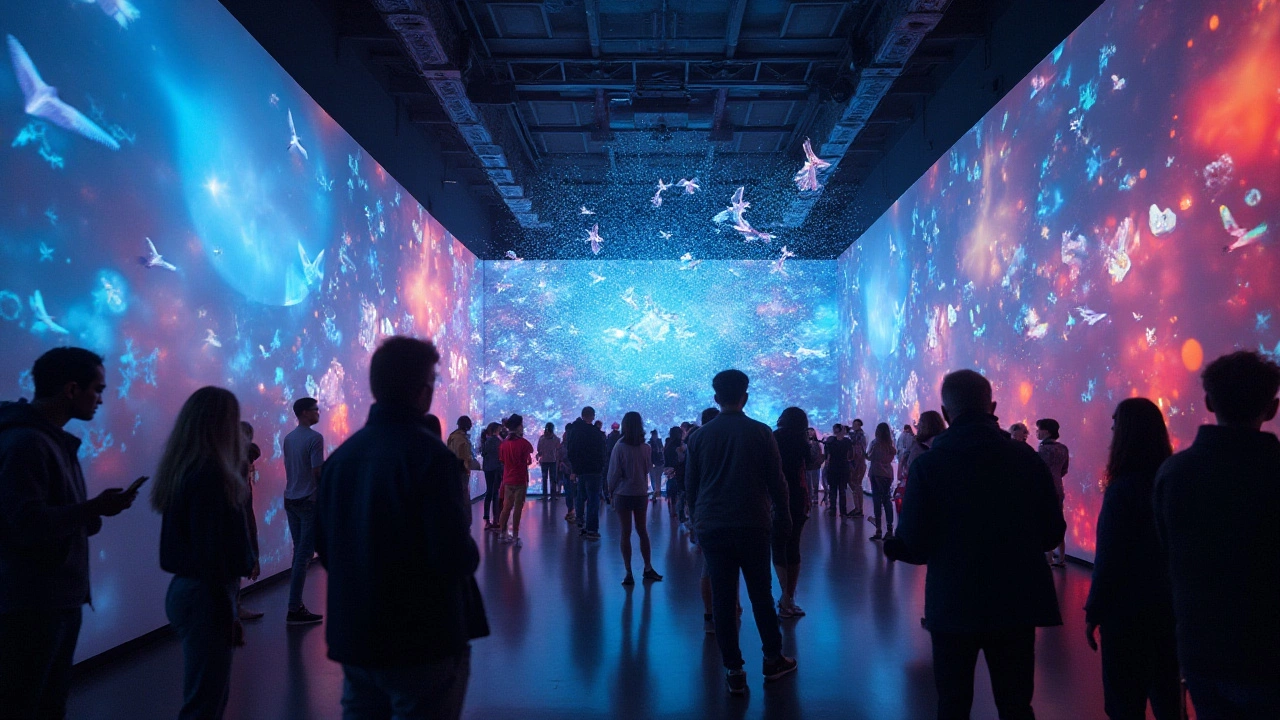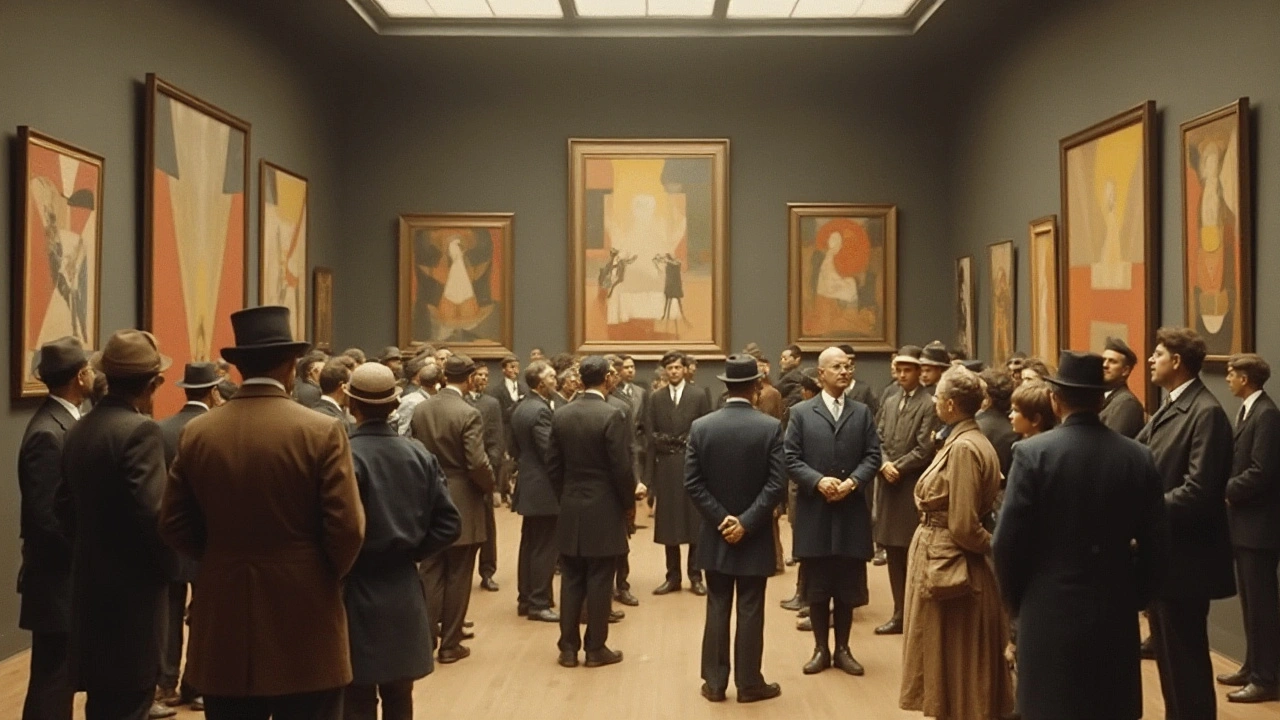Expressionism isn’t just an early 20th-century vibe—it’s everywhere today, from digital art to trending memes. It thrives on raw emotion, color, and a straight-up honest approach to what’s going on inside people’s heads. This article digs into how those wild brushstrokes and offbeat styles keep popping up in our visual culture, why they matter to anyone tired of surface-level stuff, and how you can spot (or even use) expressionism in your daily life. Expect practical tips, surprising facts, and a new perspective on emotion-driven art.
Read
More


